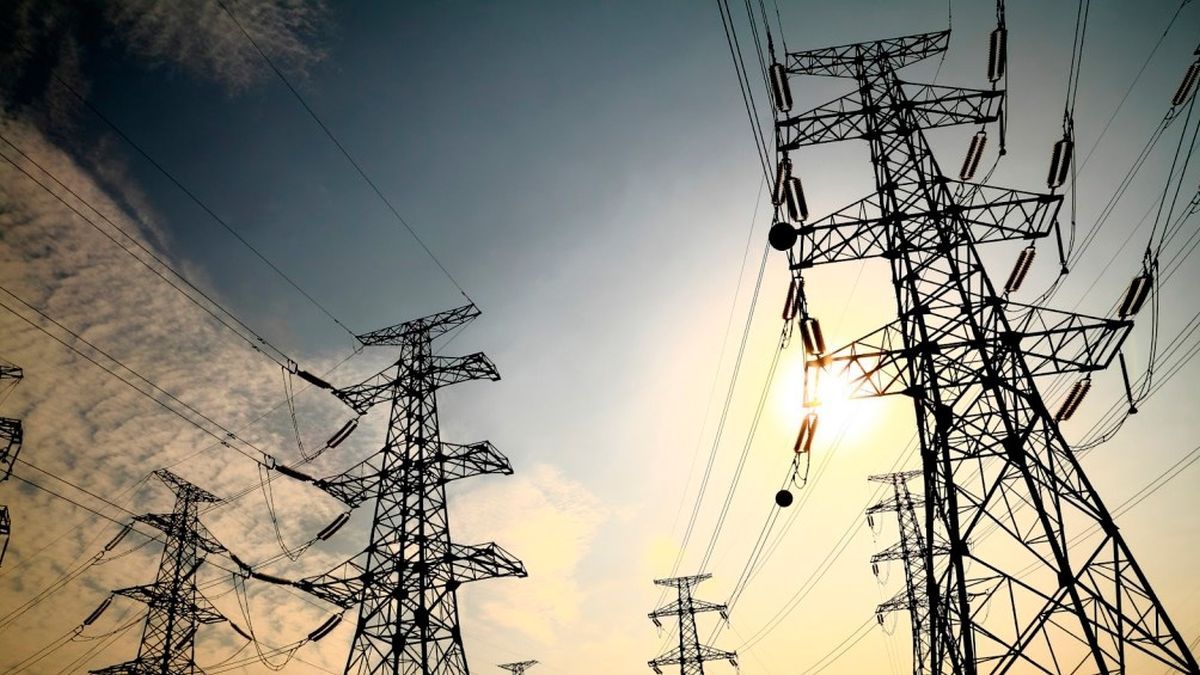The year-on-year increase occurred in all categories of users, with rises of 2.9% in residential, 3.6% in commercial and 3.5% in industrial, sectors that account for 40%, 29% and 31% of total consumption, respectively.
Besides, April showed a drop of 6.8% compared to the consumption of March, influenced by the fact of having two business days less (19 against 21).
Fundelec pointed out in its report that in April “a maximum power of 19,783 MW was registered, on April 29, 2022 at 8:44 p.m., far from the 28,231 MW of January 2022, a historical record.”
In the Metropolitan Area of Buenos Aires (AMBA), where 30% of the country’s total consumption is concentrated, demand showed an increase of 4%, corresponding to a 4.5% increase in Edenor’s coverage area and 3.4% in Edesur’s.
In the rest of the country, consumption grew 3.4% and in 20 of the provinces and/or companies there were promotions: Edelap (10%), Neuquén (9%), San Luis (8%), EDEA (8%), Santa Fe (7%), Mendoza (6%), Río Negro (6%), Santa Cruz (6%), Chubut (5%), Salta (5%), EDES (5%), EDEN (5%) , Córdoba (4%), Catamarca (3%), La Rioja (3%), Misiones (2%), Formosa (1%), San Juan (1%), among others.
Meanwhile, seven provinces presented falls: Chaco (-6%), Santiago del Estero (-6%), Corrientes (-3%), Entre Ríos (-2%), La Pampa (-2%), Tucumán (- 2%) and Jujuy (-1%).
As far as generation is concerned, Hydroelectric was in the order of 2,185 GWh in April against 1,490 GWh in the same period of the previous year, which represents a positive variation of 46%.
“Although very low flows continue to be observed in the main basins, such as Paraná, Uruguay and Comahue, well below historical records, there is also a slight improvement in Paraná and Uruguay, compared to previous months,” Fundelec said.
While, fuel consumption, compared to thermal generation with a drop of close to 7%, was similar to the same month of the previous year.
With demand for natural gas somewhat lower, the difference is in alternative fuels, the report added.
In this way, in April it continued to lead thermal generation by far with a production contribution of 55.46% of the requirements.
Hydroelectric power plants contributed 20.22% of the demand, nuclear ones provided 6.09% and generators from alternative sources 14.94% of the total, while imports represented 3.30% of the demand.
Source: Ambito
David William is a talented author who has made a name for himself in the world of writing. He is a professional author who writes on a wide range of topics, from general interest to opinion news. David is currently working as a writer at 24 hours worlds where he brings his unique perspective and in-depth research to his articles, making them both informative and engaging.




